Research
Search our website
Search our website by entering a keyword or choose a database above to search specifically.
Search
Showing search results 8,321 - 8,330
14,569 results found

Smissestraat 25, Oudenaarde, Belgium

Smidstraat 331-333, Berlaar, Belgium

Sluizestraat 31, De Haan, Belgium

Smisstraat 17, Brakel, Belgium

Smoutstraat 20, Sint-Gillis-Waas, Belgium

Smokkelstraat 1, Tielt, Belgium

Smissestraat 25, Sint-Laureins, Belgium

Smisseweg 11, Ruiselede, Belgium

Smisstraat 37, Riemst, Belgium

Snaaskerkestraat 3, Middelkerke, Belgium








